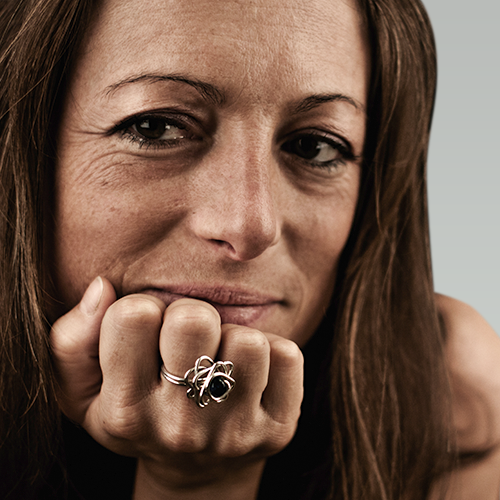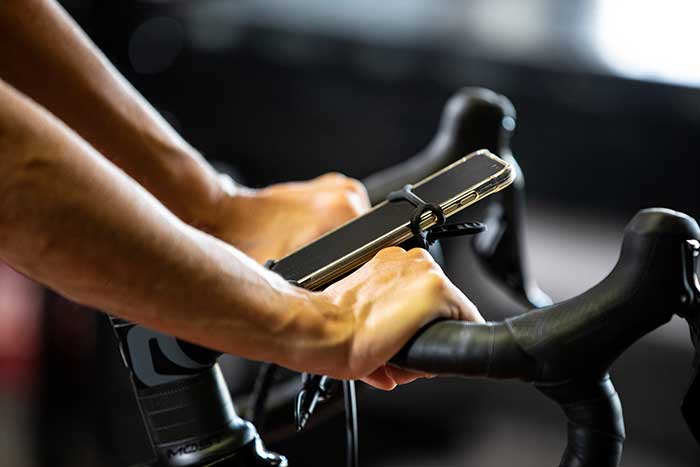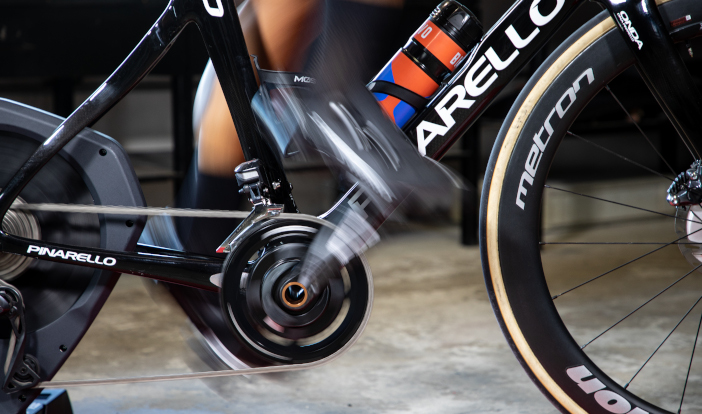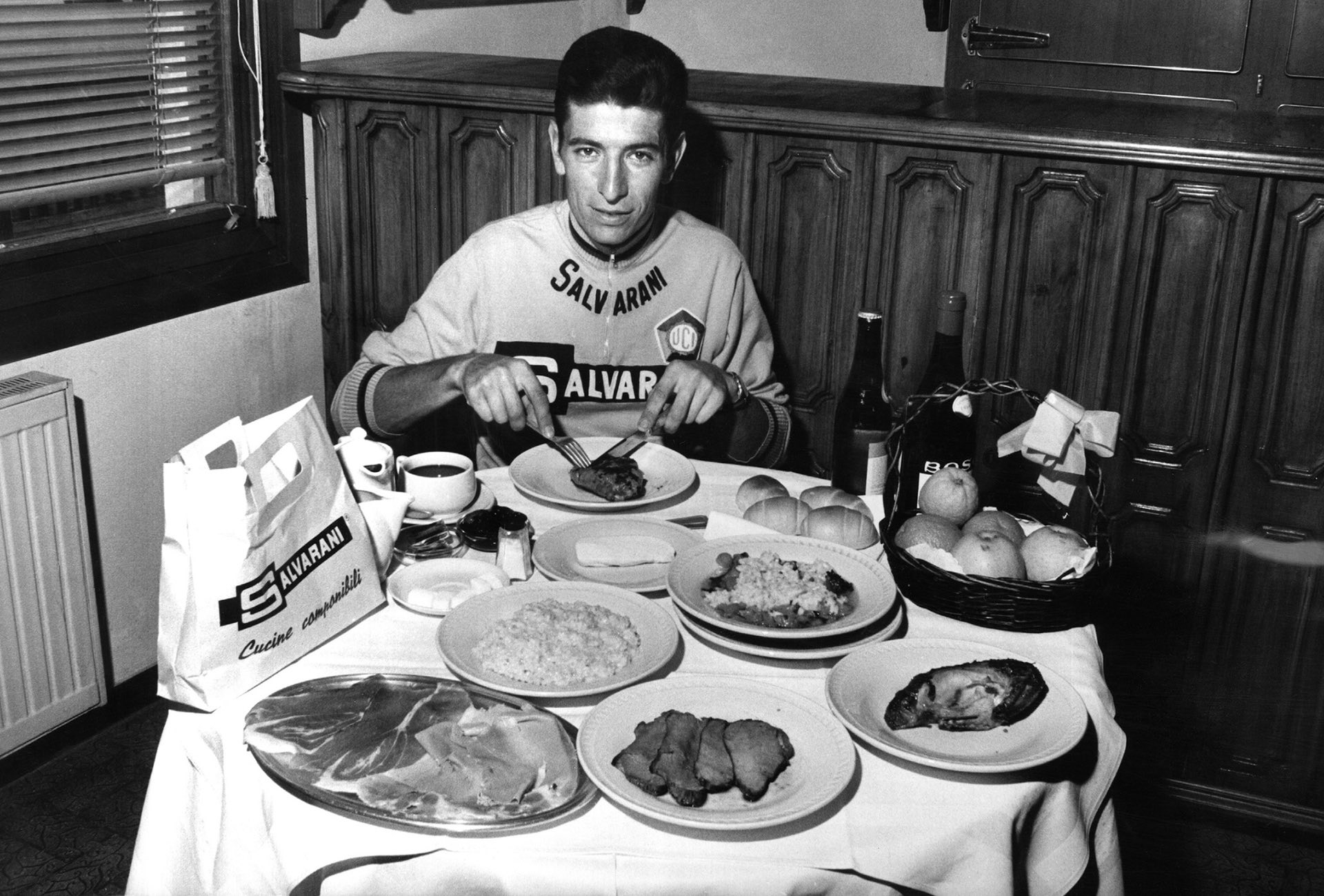How amino acids turn nutrients into energy sources.
One of the most fascinating characteristics of our body is its capacity to react to stimuli, both external (such as temperature, altitude) or internal (for example inflammation caused by illness or injuries, changes in diet). The goal is always to optimize performance in any kind of condition or, as a colleague summarized it, who was heard this at a conference: the body wants to stay well.
And when the body feels good we feel it: in ideal conditions our body works at maximum efficiency. Even when our performance falls below expectations this doesn’t mean the body isn’t doing everything to optimize its functioning. This can happen, for example, because of a poor diet or a diet with too little calories. In these conditions the body tries everything to overcome this shortage and survive.
An example? The athlete who, to lose weight quickly, eliminates all sources of carbohydrates and for lunch and dinner eats only meat and vegetables and a protein shake for breakfast (it’s useless to pretend this isn’t you: I’ve seen you).
What does he expect? To lose weight and increase muscle mass according to the equation:
“protein eaten = protein used to build muscles”. A shame that it isn’t really like this.
The importance of a correct intake of carbohydrates
The protein in food is broken up into its principal components, just like when you take the pearls off a necklace. The “pearls” are the amino acids, the necklace the structural proteins (muscles, collagen) or functional (enzymes, antibodies, transportation canals…). And until here, nothing new, you’ll say: I can break up the necklaces of a steak and then turn them into necklaces for my muscles. Wrong. This process ONLY happens in ideal circumstance, when we aren’t low on glucose which is essential for the brain’s functioning and for red blood cells.
Meals without carbohydrates can’t give us the necessary immediate hit of glucose and our body needs to overcome this absence. So, you know what it does? It takes the amino acids and turns them into carbohydrates! This transformation, which you can find in any book on biochemistry under the name “glycogenesis”, takes place in the liver.
This doesn’t happen for free: the body invests part of the assimilated energy of the meal in obtaining the necessary carbohydrates which means that we eat less calories then what we calculated with the app on our phone. Moreover, a collateral product of this transformation are the nitrogenous wastes which need to be filtrated and eliminated by our kidneys.
So, on the one hand we take in less energy than what we think we do and give a signal of “famine” to the hypothalamus, causing in the long term our metabolism to slow down (which I explain here ); on the other hand we overload the liver and kidneys who already have so much to do.
A lose-lose situation that causes the body to lose muscle (often seen as “success” because you have lost weight) and causes an increasing level of intoxication of the body’s tissues.
We should meet all the macronutrients needs of our body: only the evening meal can be lighter with a smaller portion (or none) of carbohydrates but this should be evaluated on a case by case basis, avoiding a do-it-yourself approach.
Respectful and energetic greetings from your nutritional consultant
Tatiana Gaudimonte

Tatiana Gaudimonte
You might also be interested in


